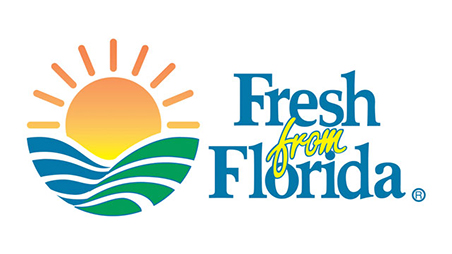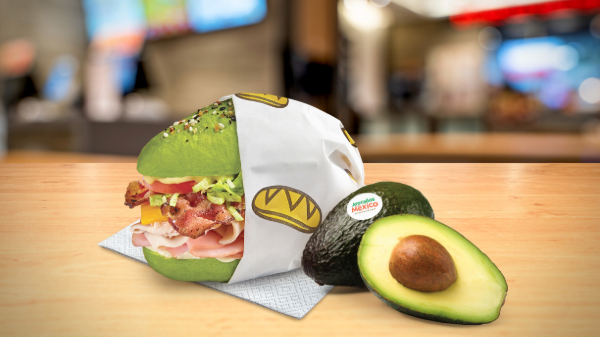Welcome to Blue Book!
Are you ready to join the thousands of companies who rely on Blue Book to drive smarter decisions? View our plans and get started today!
Still have questions? We’d love to show you what Blue Book can do for you. Drop us a line– we’ve been waiting for you.

Hurricane Irma slammed into Florida in September 2017, leaving a path of destruction in her wake. After making landfall at the Florida Keys as a Category 4 storm, Irma tore into southwestern Florida as a Category 3.
The hurricane was so large and powerful, every one of Florida’s 67 counties experienced tropical storm or hurricane conditions. The storm spelled disaster for many producers across the state.
“The greatest impact from Hurricane Irma was to the Florida citrus industry and South Florida vegetables,” says Gary Wishnatzki, president and CEO of Wish Farms in Plant City and a cofounder of Harvest CROO. “Strawberries had a very minor impact, due to the fact that plants were not in the ground yet. Some plastic repairs took place, and our farm did lose a barn, but overall South Florida suffered the most.”
Irma also caused problems for Florida avocado growers. “Hurricanes impact avocados because they are shallow rooted,” says Mary Ostlund, marketing director at Miami-based Brooks Tropicals, LLC. “We’ve seen a much-reduced crop in Florida avocados this year.”
Customs broker Frank Ramos of The Perishable Specialist Inc., Miami, was relatively unscathed. Other than losing power, Ramos says Irma had minimal impact on his business, in large part because they were prepared. “We are blessed. After seeing what the hurricane did in other places, being without power for a few days was nothing,” he says.
Even transportation companies suffered from Irma’s wrath. “There were power outages across Florida, so the receivers couldn’t go out and receive product,” relates Luis Campano, executive vice president of John J. Jerue Truck Broker, Inc. in Lakeland, Fla. “Secondly, due to the traffic that was created by the hurricane, carriers didn’t want to come into Florida, so rates increased significantly over that time.”
Fortunately, most Florida growers make some preparations ahead of hurricanes, which can often lessen the blow. “Of course, having lived through several hurricanes, The Perishable Specialist was prepared with an emergency action plan to provide uninterrupted service to our customers,” Ramos says.
On the grower side, many did whatever they could in the days leading up to Irma hitting land. “Producers are very vigilant if there’s an approaching hurricane,” says Lisa Lochridge, director of Public Affairs for the Florida Fruit & Vegetable Association, based in Maitland, “and they do everything possible to prepare.”
Some of these measures, she says, includes growers harvesting the crops they can to get the produce out of fields before rains or flooding, ensuring they have adequate supplies of fuel to keep pumps and other equipment running, and securing items that could cause damage during high winds.
“But at the end of the day there’s only so much you can do,” Lochridge says. “The good news is that Florida farmers are a resilient, optimistic bunch, and they’re used to dealing with what Mother Nature dishes out.”
This is an excerpt from the most recent Produce Blueprints quarterly journal. Click here to read the full article.








